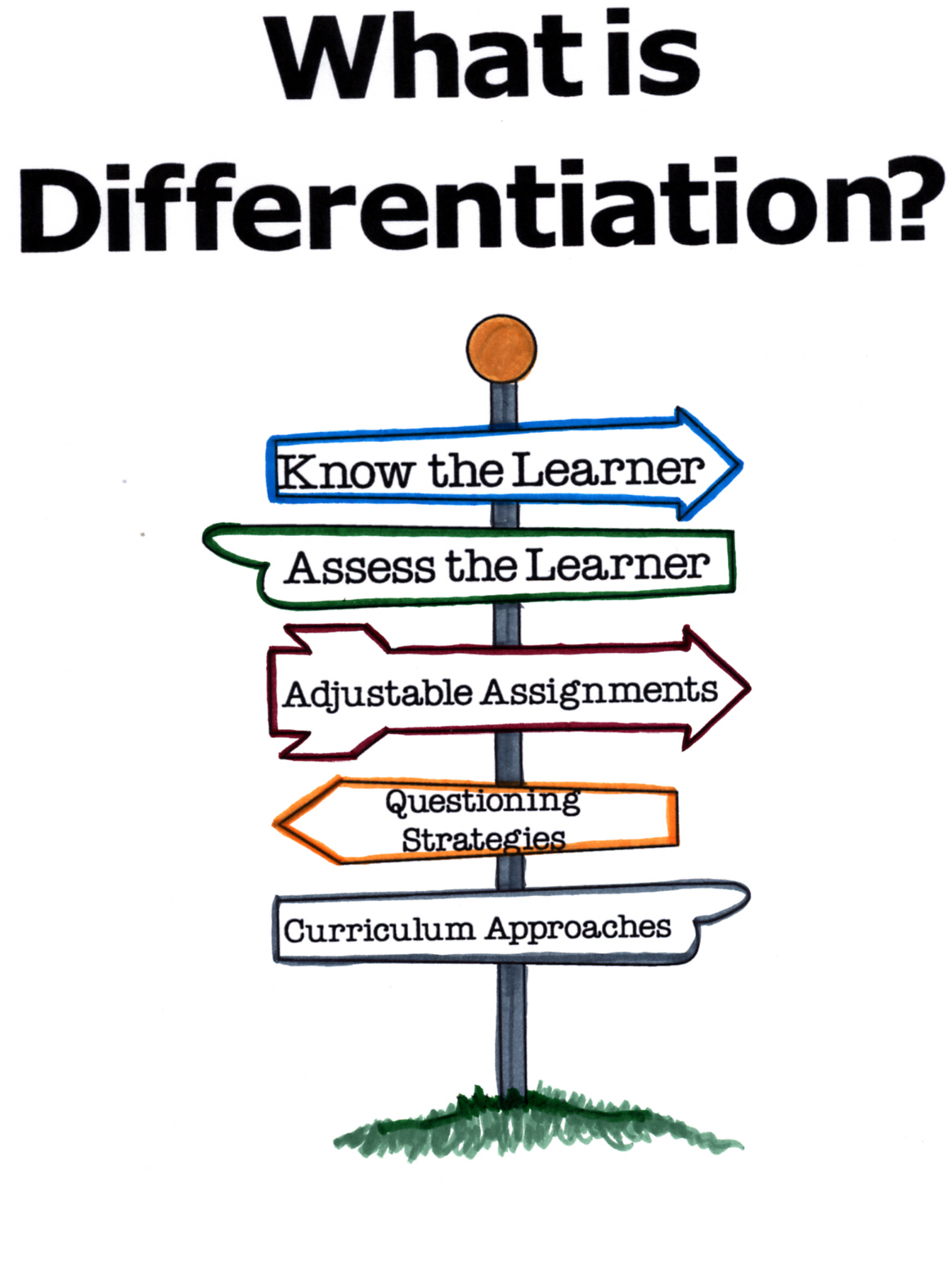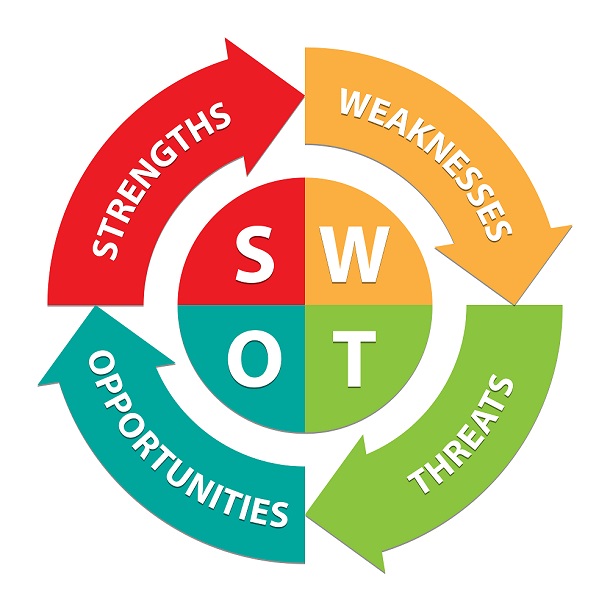 |
| https://www.edutopia.org/blog/training-the-brain-to-listen-donna-wilson |
So, it's week nine already? Man, this semester is flying! Anyways, this week my peers and I were asked to explore the world of Inquiry-Based Instruction. My first thought when hearing these words was the science fair. This is somewhat true however this type of instruction is much more structured than simply making a board with different breeds of pigs on it.
The Inquiry-Based
Method of learning relies on 5 important steps:
1. Question
2. Investigate
3. Describe,
Explain, Predict
4. Make
Connections
5. Share Findings
These are the
steps our students will be taking. So how do we facilitate this as an
instructor?
Here's the steps:
1. Inquisition
This is where we
gain student interest. We must determine where we want the learning to go. What
are we trying to accomplish with this learning experience? We need to plan
"with the end in mind."
2. Acquisition
We must get the
ball rolling. Through this we need to get students talking and discussing the
question and possible solutions to the question. It is essential that we spark
interest in our students.
3. Supposition
This is where
students create their hypothesis. It is essential that we make sure students
understand the importance of a good hypothesis. We may have to provide some
examples so they can visualize what their hypothesis might look like.
4. Implementation
How will the
students test their hypothesis? Is it a true test of their hypothesis? What
other factors are there? This may be the first time our students use the
scientific method. It is important they gain a clear understanding "right
out of the gate."
5. Summation
What does the test
say? Are students analyzing the information correctly? Are there any
misconceptions leading to a faulty understanding? It is important that we stay
engaged in the students' learning process and steer them in the right
direction.
6. Exhibition
Share what you
have found! Students must finish this experience with sharing their findings
and conclusions. This could be in a lab write up, a class presentation, a
poster, etc.
 |
| http://www.ariadnewealth.com/what-we-know/scientific-method |
The best teachers
know how to get students interested and motivated to find the answer. I think
generating interest is very doable when students have a previous experience in
the statements content. However, if students are having trouble connecting, I
feel it could be extremely difficult. I feel after doing the reading and
reflecting I have an understanding of how I will pull this off. I just need to
figure out how to motivate the uninterested student.








